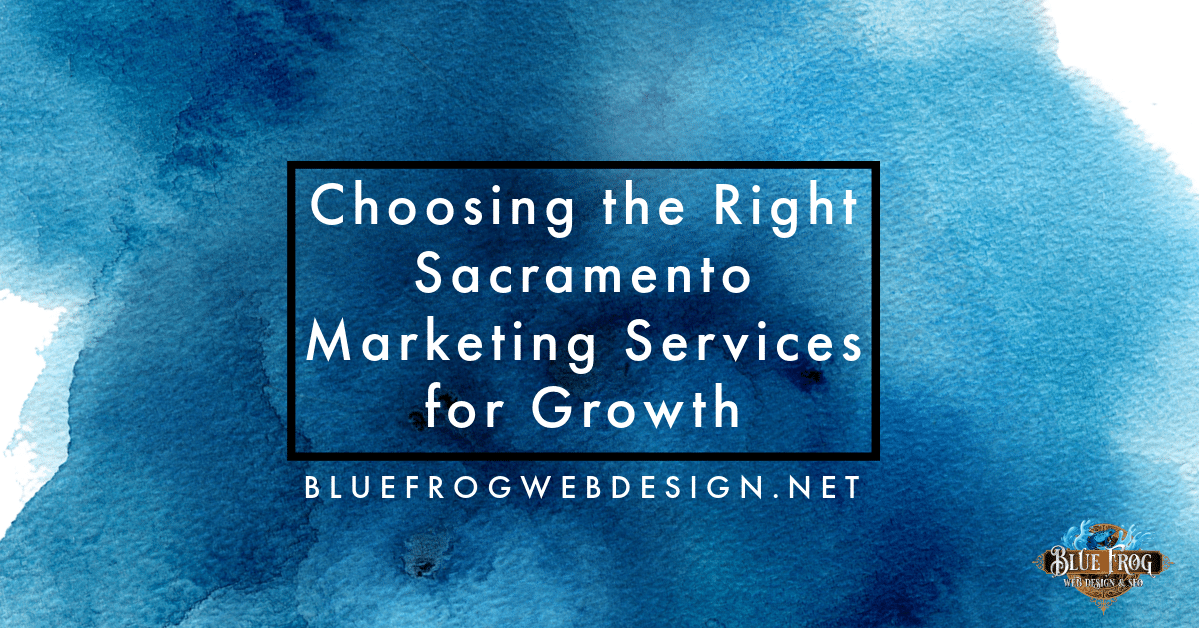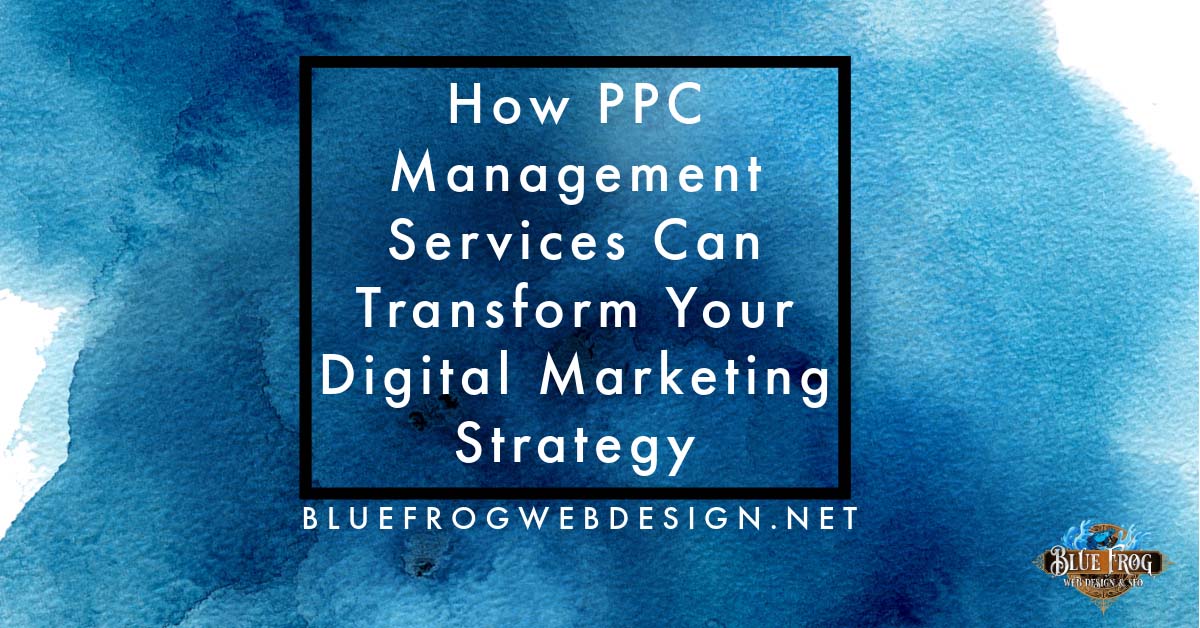5 Key Components to Consider When Crafting a Successful Digital Marketing Strategy

5 key components to consider when crafting a successful digital marketing strategy
Introduction: What is Digital Marketing?
Digital marketing is one of the most important aspects of marketing in the modern age. It includes any form of marketing that uses electronic devices, such as computers, tablets, smartphones, and laptops. This type of marketing makes use of the internet, social media, email, and other online platforms to reach potential customers.
Digital marketing has become increasingly popular due to the vast number of people who are using online platforms on a daily basis. In fact, it is estimated that over two billion people worldwide are now active Internet users. This offers companies a huge opportunity to reach a large audience with their marketing messages.
However, digital marketing is not simply about creating an online presence for your company. It is also about ensuring that your website and other online assets are optimized for search engines so that potential customers can easily find you when they are searching for products or services like yours. Additionally, you need to consider how you will track and measure the success of your digital marketing campaigns so that you can adjust your strategy as needed.
Component 1: Researching Your Audience and Setting Goals
Your target audience is the group of people you want to reach with your marketing efforts. To create content that resonates, you need to understand who your target audience is, what their needs and wants are, and what motivates them.
Persona. Once you have a clear understanding of who your target audience is, you can start setting goals for your digital marketing strategy. What do you want to achieve with your marketing campaigns? What kind of ROI are you looking for? Answering these questions will help you create goals that are specific, measurable, achievable, relevant, and time-bound (SMART).
Component 2: Choosing Your Marketing Channels
There are a variety of ways to market your business online, and it’s important to consider which channels will be most effective for your company. Some common digital marketing channels include:
Search Engine Optimization (SEO): This is the process of optimizing your website to rank higher in search engine results pages (SERPs), making it more visible to potential customers.
Content Marketing: (Inbound Marketing) Creating and sharing high-quality content (such as blog posts, infographics, eBooks, etc.) can help attract attention and drive traffic to your website.
Social Media Marketing: (SMM) Platforms like Twitter, Facebook, and LinkedIn offer opportunities to connect with potential customers and create valuable relationships.
Paid Advertising: Sponsored ads on Google, Bing, social media platforms, and other websites can help increase visibility and clicks to your website.
Email Marketing: Building a database of subscribers who have opted-in to receive emails from you gives you a direct channel for promoting your latest content, products/services, or deals/discounts.
Component 3: Developing Engaging Content
Most businesses know that they need to be active on social media, but many struggle with what to post. It’s important to develop a content strategy that will help you create engaging content for your social media channels. Here are a few things to keep in mind when you’re developing your content strategy:
1. Know Your Audience
Before you can start creating content, you need to understand who your audience is and what they’re interested in. Take some time to research your target market and build buyer personas. This will help you figure out what kind of content will resonate with them.
2. Create Varied Content
It’s important to create a mix of different types of content to keep your audience engaged. A good mix might include blog posts, infographics, images, videos, and more. Experiment with different types of content and see what works best for your business and your audience.
3. Plan Your Content Calendar
Once you know what kind of content you want to create, it’s time to start planning it out. A content calendar can help you stay organized and make sure you’re posting regularly. You can use a tool like Google Calendar or Hootsuite Insights to plan out your content calendar in advance.
4. Promote Your Content
Once you’ve created all this great content, don’t forget to promote it! Make sure you’re sharing your articles and posts on social media and other channels where your audience is likely to see them.
By following these tips, you’ll be able to create a successful content strategy that will help you create engaging content for your social media channels. Developing effective content for social media takes time and effort, but if done correctly, it can be a great way to build relationships with potential customers and increase brand awareness.
Component 4: Tracking Results and Analyzing Data
As any successful digital marketer knows, it’s important to track your results and analyze your data so that you can see what’s working and what’s not. But how do you go about doing that?
There are a few key things to keep in mind when tracking results and analyzing data:
1. Set up some goals and KPIs before you start tracking anything. This will give you a baseline to measure against.
2. Use analytics tools to track your results. Google Analytics is a great free option.
3. Analyze your data regularly. Set aside time each week or month to review your analytics and see how you’re doing against your goals.
4. Make changes based on what you learn from your data. If something isn’t working, don’t be afraid to change it up and try something new.
By following these tips, you’ll be well on your way to crafting a successful digital marketing strategy that produces real results.
Component 5: Optimizing Your Strategies
Digital marketing is always evolving, and it can be tough to keep up with the latest trends and changes. However, if you want to create a successful digital marketing strategy, it’s important to stay on top of the latest trends and optimize your strategies regularly. Here are some key components to consider when crafting a successful digital marketing strategy:
1. Research your target audience.
Who are you trying to reach with your digital marketing efforts? It’s important to have a clear understanding of your target audience so that you can tailor your messaging and strategies accordingly. Use market research tools to learn more about your target audience’s demographics, interests, pain points, and more.
2. Define your goals.
What do you hope to achieve with your digital marketing strategy? Be specific and realistic in setting your goals so that you can measure your success later on. Do you want to increase brand awareness? Drive more traffic to your website? Generate more leads or sales? Convert more customers? Clearly defining your goals from the outset will help you create a more effective strategy.
3. Select the right channels.
There are a lot of different digital marketing channels out there, so it’s important to choose the ones that will work best for reaching your target audience and achieving your desired results. Some popular digital marketing channels include SEO, content marketing, social media, email marketing, paid advertising, and more. Consider which channels will be most effective for meeting your goals before moving forward.
4. Measure and optimize your performance.
Digital marketing is all about experimenting, testing, and optimizing. It’s important to measure your performance and track key metrics so that you can identify what’s working and what needs improvement. Make sure to regularly review your results and adjust your strategies to maximize performance.
By using these four steps for crafting a successful digital marketing strategy, you’ll be able to create an effective plan that will help you reach your goals more quickly and efficiently.
Conclusion
Crafting a successful digital marketing strategy is absolutely essential for any business looking to have major success online. As outlined in this article, there are five key components you must consider when constructing your digital marketing plan. You need to focus on developing clear objectives that you can track, understanding the target audience that you want to reach, formulating an effective content strategy, optimizing your website for search engines, and utilizing various social media platforms wisely. Are you ready to take your business’s presence online? Make sure to leverage these key components and develop an effective digital marketing strategy!
Need help with your Digital Marketing Strategy?
Let my team help you like we’ve helped lots of other businesses dominate their rankings and attract better-quality leads.









